Ferenc Farkas: Music for Wind Ensemble
Toccata Classics continues its survey of the music of the Hungarian composer Ferenc Farkas (1905–2000) with this sparkling album of works for wind ensemble – from chamber groups to full-blown wind bands. The chief characteristics of all eight scores recorded here are infectious good humour and a high charge of foot-tapping rhythmic energy.
Budapest Wind Symphony
László Marosi, conductor
Listen To This Recording:
-
Early Hungarian Dances from the 17th Century (1943) * arr. László Zempléni (2015)
- I. Intrada
- II. Slow Dance
- III. Dance of Lazar Apor
- IV. Dance of the Prince of Transylvania
- V. Leaping Dance
- I. Fair in Debrecen
- II. Air de danse
- III. Students’ Dance
- IV. Gypsy Music
- V. Pas de deux
- VI. Finale
- I. Alcibiade’s March
- II. Dinner Music
- III. Dance
- I. Intrada
- II. Passacaglia
- III. Saltarello
- Tower Music from Nyírbátor
- I. Basse danse
- II. Gagliarda
- III. Passamezzo
- IV. Saltarello
- V. Intemezzo
- VI. Hajdutanc
- I. Allegro
- II. Adagio
- III. Allegro
- Csínom Palkó: Mischievous Tune
The Sly Students: Suite (1949)* arr. Tony Kurmann (2013)
Timon of Athens: Suite (1935/38)* arr. Tony Kurmann (2014)
Intrada, Passacaglia, Saltarello (1982)*
Tower Music from Nyírbátor (‘Little Tower Music’) (1967)
Contrafacta Hungarica (1973–74, arr. 1976)
Musica per Ottoni (1982)
Csínom Palkó: Mischievous Tune (1949)* arr. János Eördögh (1959)/Tony Kurmann (2014)
*First Recordings
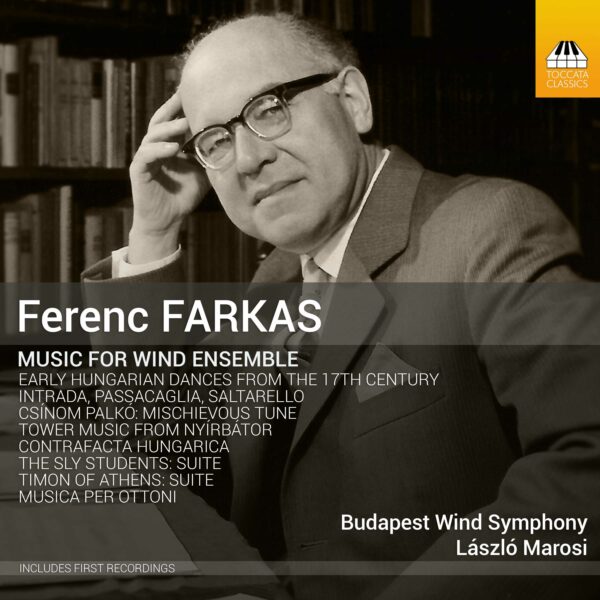
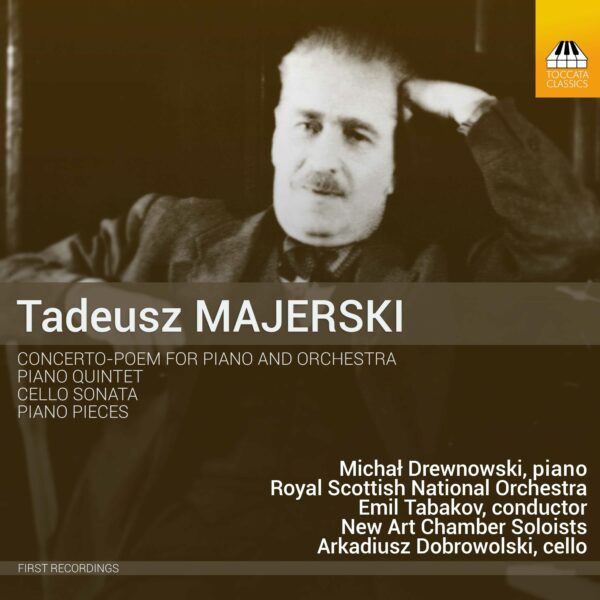
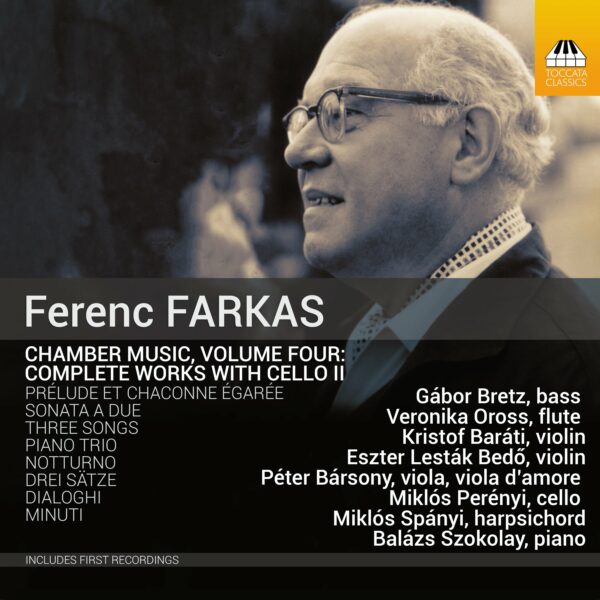
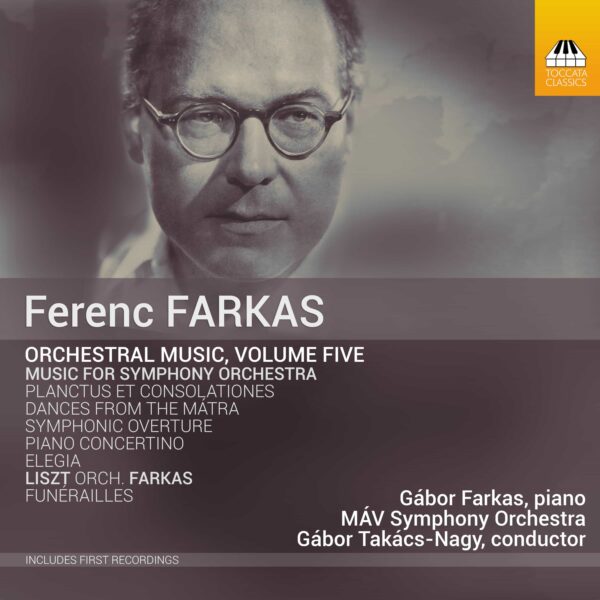
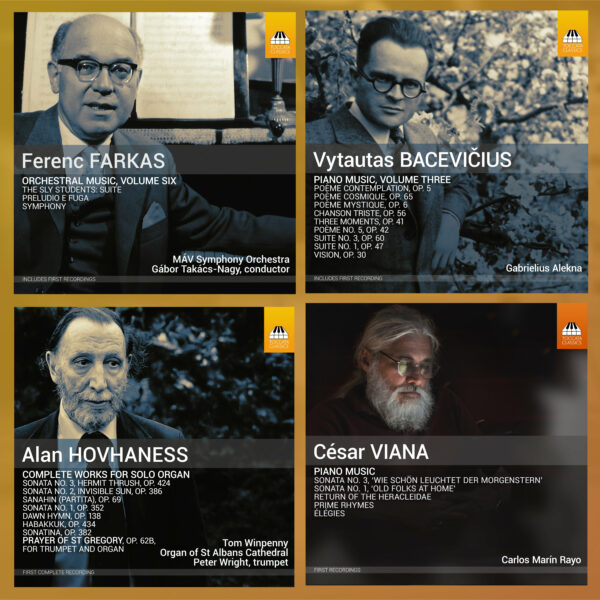
Dan Morgan :
‘RECORDING OF THE MONTH
Martin Anderson’s Toccata Classics is the musical equivalent of a specialist book shop whose shelves are lined with rare but rewarding titles. … [Early Hungarian Dances from the 17th Century :] And what a splendid quintet of dances they are… Even at this early stage it’s clear there’s a pleasing balance and blend to the playing – not a given with such groups, professional or otherwise. As for Marosi he’s firm, but not overly so, and that makes for buoyant, highly engaging performances. … Intrada, Passacaglia, Saltarello and Musica per Ottoni, the latter a Hungarian Radio commission, date from 1982. Supremely well crafted, they show Farkas very much at one with his material and the instruments required to play it. There’s glorious weight and some delicacy in the first piece, in which the unanimity and character of this band really shine through. … And on the premise that it’s always best to leave one’s audience wanting more the infectious Csínom Palkó (Mischievous Tune) is the best sign-off imaginable. The playing is both happy and heartfelt, and Marosi keeps it moving along so well. It’s a feel-good piece which, like all the others in this collection, gets the strongest possible advocacy from all concerned. And that’s just how it should be done. Toccata really do have the magic touch when it comes to less-familiar repertoire; huzzahs all round!”
—Dan Morgan, MusicWeb International
MusicWeb International :
‘The ensembles drawn from the Budapest Wind Symphony vary from chamber ones to the full size one. There is nothing pretentious in this album. Much is based on old dance forms, much is lively, optimistic, uncomplicated, and all of it is worth a listen. It helps that the booklet is customarily excellent, the recording quality good and that László Marosi is such a buoyant interpreter.’
—Jonathan Woolf, MusicWeb International
Fanfare Magazine :
‘I found it to be fun and adventurous listening. Much credit for the success of this must go to the performers. The Tippett Quartet, along with pianist Emma Abbate and second cellist Susan Monks, have delivered nigh unto perfect performances of this difficult music. The recorded sound is also exemplary in the CD-resolution download that I listened to. It is close-up and every musical texture is exposed without sacrificing ensemble blend. The church acoustic never obscures the instrumental details, but allows the ensemble just enough breathing room.’
—Mark Novak, Fanfare Magazine, July/August 2017